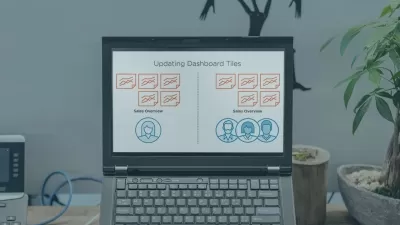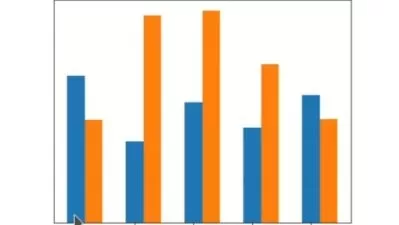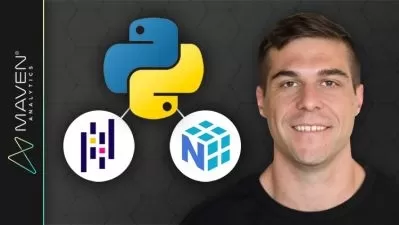Complete Guide to Generative AI for Data Analysis and Data Science
Dan Sullivan
8:03:15
Description
GenAI has the potential to enable many more people to work with and analyze data, but to succeed, you need a solid foundation in data management, statistics, and machine learning. This course provides that foundation. Instructor Dan Sullivan teaches how to break down business questions and data science questions into components that can be addressed programmatically and then how to use genAI to create programs and scripts to implement a solution. This course focuses on the three pillars needed to be a successful data analyst or data scientist: problem solving skills, an understanding of statistics and machine learning, and practical experience with data management procedures.
More details
User Reviews
Rating
Dan Sullivan
Instructor's Courses
Linkedin Learning
View courses Linkedin Learning- language english
- Training sessions 108
- duration 8:03:15
- English subtitles has
- Release Date 2025/01/16











